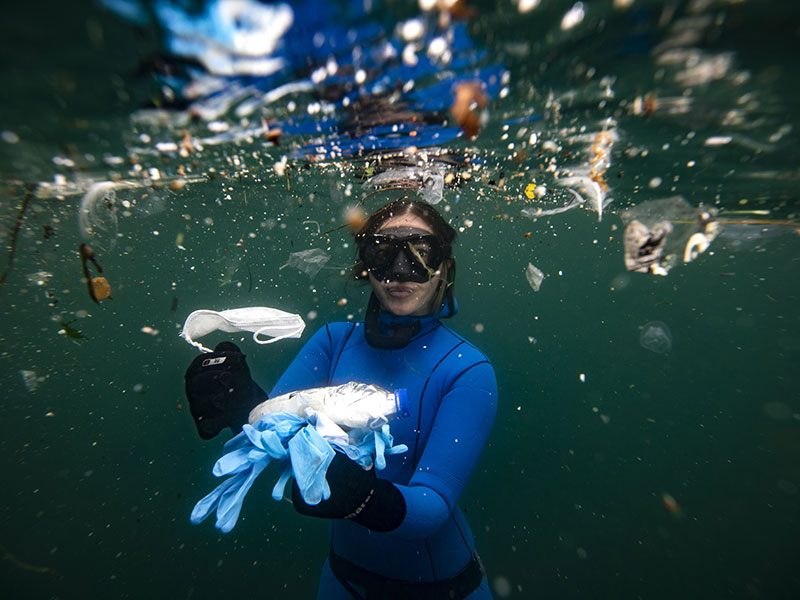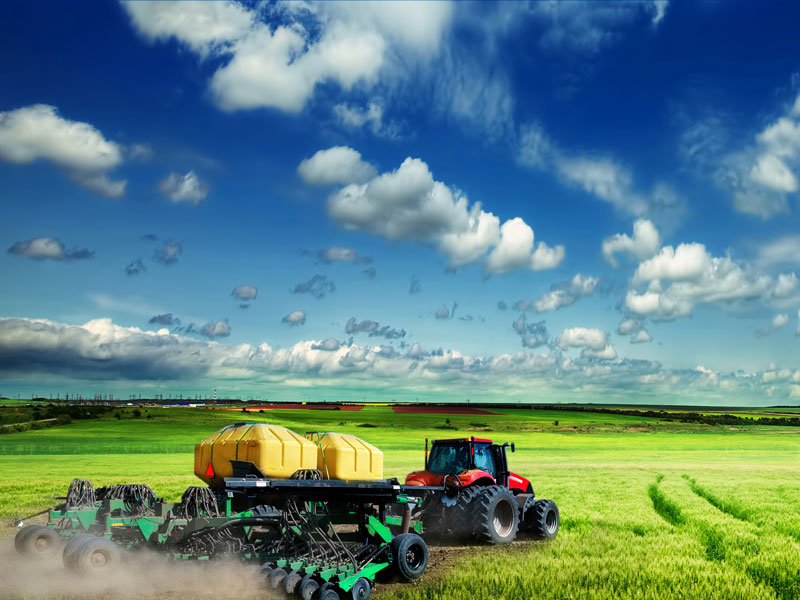Excessive fish farming tips the scales
Researchers say aquaculture is set to become the world’s main source of seafood over the next 20 years
Researchers say aquaculture is set to become the world's main source of seafood over the next 20 years
Despite two decades of hardship, war and a loss of markets, Matko Jasprica has kept his Croatian fish farm alive and now hopes to start exporting sea bass and sea bream to the European Union.
With a small team, Jasprica runs the Plankton farm situated 1.5 miles (2.4 km) out to sea from the picturesque fishing village of Drace, on the Peljesac peninsula in the southern Adriatic. The farm is hidden from sight and screened from the northerly wind by a tiny island.
The fish, grown in dozens of square and round cages, can be detected only by bubbles on the sea surface. The farm produces around 120 tonnes a year.
“Our plan was to adjust our standards and start exports to the European Union, as demand on the local market is small,” said Jasprica. “We must be ready when Croatia joins the EU – we can’t beat big producers but we can be competitive with new technologies.”
Experts say demand for seafood is set to rise as the world population grows and wild fish stocks decline. The EU, which produces 1.2 million tonnes of seafood and consumes 25kg per person per year on average, has to import 65 percent of its needs.
“We expect the world population to increase to nine billion in years to come and there are some expectations that we need to double food production by 2030,” said Torgeir Edvardsen of the European Aquaculture Technology and Innovation Platform.
“A lot of this production cannot come from terrestrial sources. We’ll have to farm the sea much more than we’ve done up until now,”
Growing business
Fish farms produced 51.7 million tonnes of fish worldwide in 2006 with an estimated value of $78.8bn, according to figures from the UN Food and Agriculture Organisation (FAO).
Some scientists say farmed fish production has reached 70 million tonnes since then, coming close to the 80 million tonnes of wild fish caught in open seas – a maximum that cannot be exceeded due to restrictive fishing quotas to protect species.
“There is no question – aquaculture is the way of the future,” said Marshall Gilles, head of the Canadian government’s agriculture and fishery division, adding that farmed fish will probably account for 60 percent of available world stocks by 2030.
Gilles said his government fully supported the industry, which can provide permanent employment for the coastal population, most of which depend on seasonal jobs in tourism.
Fish farming output, which has grown consistently by 10 percent a year for the past 20 years, is expected to reach nearly 120 million tonnes by 2020, said Branko Glamuzina, who teaches aquaculture at the University of Dubrovnik.
“Aquaculture is the fastest growing agro-business,” Glamuzina said. “It actually represents the only serious business that can provide enough seafood for the ever-growing population.”
Investment opportunity
Despite a long seafood tradition, Croatia lags behind in the technology and development needed to compete in the EU fish and mussels market with other Mediterranean countries such as Italy, Greece and Spain, Glamuzina said.
It should rather go for niche markets, such as growing oysters. “We have farms, must improve standards and need investors,” he said.
While Croatia still has plenty of potential fish farm sites, most of its developed competitors have run out of available space near the coast and are forced to move farms further offshore.
This involves increased costs for transport and cages but it remains the only viable option for key fish producers, such as Norway, which accounts for nearly half of Europe’s total production of fish, mainly salmon.
“Aquaculture definitely has to move further and further from the sheltered coastal waters because of society’s urge to protect tourism, protected sites and species,” Edvardsen said.
Offshore farming poses new technological challenges and environmental risks, and industries and researchers are exploring methods to address them.
“The more you move from shore, you get more waves, more current, more energy,” said Arne Fredheim of the Norway-based CREATE research centre for aquaculture. “You have to have all kinds of equipment, you have long distances to travel, and you have to have permits to fish finfish.”
Some environmentalists warn about the negative impact of fish farms’ waste on nutrients at the seabed. They are also concerned about interbreeding of escaped fish species with wild fish and the use of large quantities of wild fish to feed farmed fish.
The conservation organisation WWF generally supports aquaculture as an ever∞growing source of seafood but insists on setting standards to minimise harm to the environment.
“The rapid expansion of the aquaculture industry has not come without impacts. However, when done responsibly, aquaculture’s impact on wild fish populations, marine habitats and water quality is minimal,” WWF said in a statement.
Dusko Zmijanjac, a manager at the Plankton fish farm, believes that farmed fish is safer for human consumption.
“Farmed fish is healthier than wild fish which gets everywhere, including into polluted areas,” he said. “Tests have never revealed the presence of heavy metals in our fish.”













